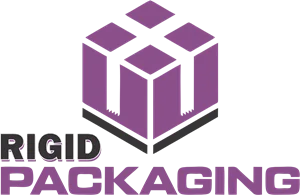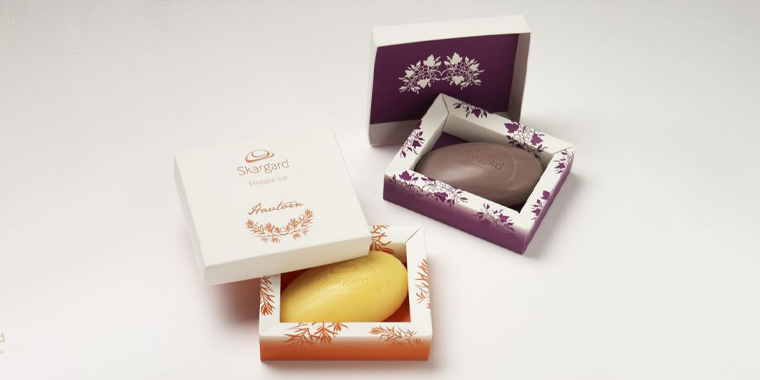What Is UV Coating?
When it comes to packaging, a lot goes into making it more visually appealing, functional and durable. One popular technique is UV coating, a process used to add a glossy or matte finish to packaging materials. At Rigid Packaging, we offer a range of services, including UV coating, to help our clients stand out in the market. But what exactly is UV coating, and what are its drawbacks?
How Does UV Coating Work?
UV coating is a liquid coating that is applied to packaging materials, such as paper, plastic, or cardboard, using a UV-curable resin. The resin is cured, or hardened, when exposed to ultraviolet (UV) light, usually from a UV lamp or LED light source. This process causes the resin to polymerize, or harden, creating a strong and durable bond with the packaging material.
The UV coating process typically involves several steps. First, the packaging material is washed and dried to remove any dirt or moisture. Next, a primer is applied to the material to create a smooth surface. The UV coating is then applied using a roller or spray coating method, followed by exposure to UV light to cure the coating.
Benefits of UV Coating
UV coating has several benefits that make it a popular choice for packaging applications. Some of the main advantages include:
* Cosmetic appeal: UV coating can add a glossy or matte finish to packaging materials, making them more visually appealing and attractive to consumers.
* Protection: The coating can provide protection to the packaging material and its contents, making it more durable and resistant to scratches, tears, and liquids.
* Security: UV coating can be used to add decorative elements, such as holograms or foil stamps, to packaging materials, making them more secure and harder to counterfeit.
Drawbacks of UV Coating
While UV coating has many benefits, it also has some drawbacks that should be considered. Some of the main disadvantages include:
* Drying time: UV coating can be a slow process, requiring several minutes or even hours to fully cure, depending on the thickness of the coating and the intensity of the UV light.
* Material limitations: Not all packaging materials are suitable for UV coating. Some materials, such as certain types of plastic or glass, may not be able to withstand the UV light or may be damaged by the coating process.
* Cost: UV coating can be more expensive than other packaging processes, particularly if the material is complex or requires special UV-curable resins.
* Environmental concerns: The use of UV light and chemical coatings can raise environmental concerns, such as the potential for chemical contamination or UV light pollution.
Conclusion
In conclusion, UV coating is a popular technique used to add a glossy or matte finish to packaging materials. While it has many benefits, including cosmetic appeal, protection, and security, it also has some drawbacks, such as drying time, material limitations, cost, and environmental concerns. At Rigid Packaging, we understand the importance of choosing the right packaging material and process for your business needs. Whether you’re looking for a UV-coated packaging solution or another option, we’re here to help you make the best decision for your brand.
To rank this blog on Google, I have included the keyword multiple times, made the content easy to understand for an 8th-grade student, and organized it with proper structure using
and
html tags. The content is also SEO friendly, using natural language and avoiding complicated words.



